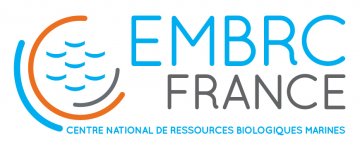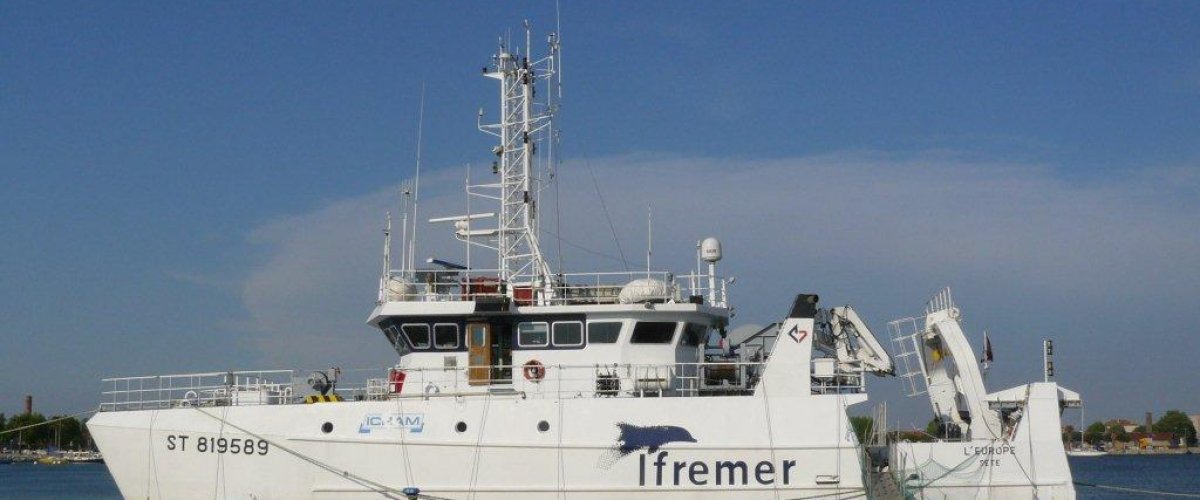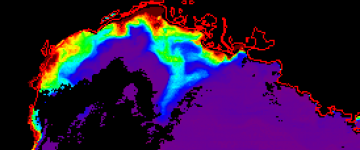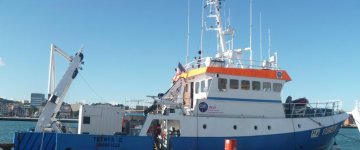CARBORHONE 2011-2014
Carbon Cycle in the Rhône estuary and Gulf of Lions (CARBORHONE)
The spatial variability in air-sea CO2 fluxes is large from one coastal ecosystem to the other and it was recently proposed to classify continental shelves as sinks and near-shore ecosystems as sources of atmospheric CO2. However, the latest estimates of air-sea CO2 fluxes in coastal ecosystems are subject to large uncertainty. At present, the lack of sufficient data is the major limitation in the quantification of the spatial and temporal variability of these CO2 fluxes in coastal environments. This lack of data is even more relevant in coastal ecosystems impacted by estuarine plumes.
While there is an emerging agreement on the role of inner estuaries as source of CO2 to the atmosphere, estuarine plumes (e.g. outer estuaries) can either act as sources or as sinks for atmospheric CO2. To accurately constrain the present impact of estuarine plumes in global air-sea CO2 fluxes, additional investigations must be carried out in a greater diversity of ecosystems.
The air-sea CO2 fluxes in Mediterranean coastal ecosystems impacted by estuarine inputs have been particularly poorly investigated.
The Gulf of Lions is a coastal ecosystem considerably impacted by freshwaters inputs from the largest estuary surrounding the Mediterranean Sea namely the Rhône. In the framework of the MERMEX -CARBORHONE project, we investigated the processes controlling the air-sea CO2 fluxes from the inner estuary to the estuarine plume located within the 1500 m isobath of the Gulf of Lions.
Cruises
Our approach relied on 4 seasonal cruises carried out in 2011 and 2012.
- CARBORHONE 1 & 2 cruises: 2011
-CARBORHONE 3 & 4 cruises: 22nd February- 3rd March 2012 & 20th - 28th July 2012 Gulf of Lions, Western Mediterranean Sea.
Figure 1 : Chlorophyll a surface concentrations (satellite image in november 2011 during CARBORHONE 2 cruise.
Means
Data collected during the cruises :
-SSS, SST (SeaBird SBE21) to determine the Rhone plume surface.
-sea surface pCO2, DO
-31 CTD (Sea Bird SBE32) casts with seawater sampling for biogeochemical parameters within the whole Gulf of Lions
Cruises are scheduled during different seasons (spring, summer, fall, beginning and end of winter) so as to study different discharges of the Rhone river.
All those data are to be combined with satellite data (T, Chl a,…) (Figure 1) in order to monitor the process controlling air-sea CO2 fluxes for each season.
Figure 2 : Onboard Téhtys










